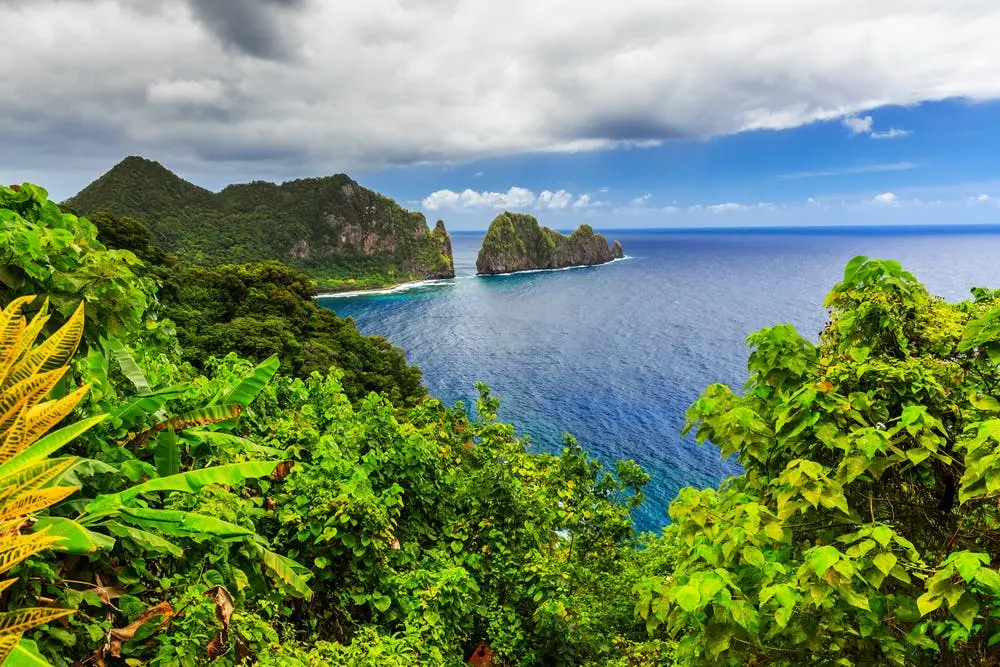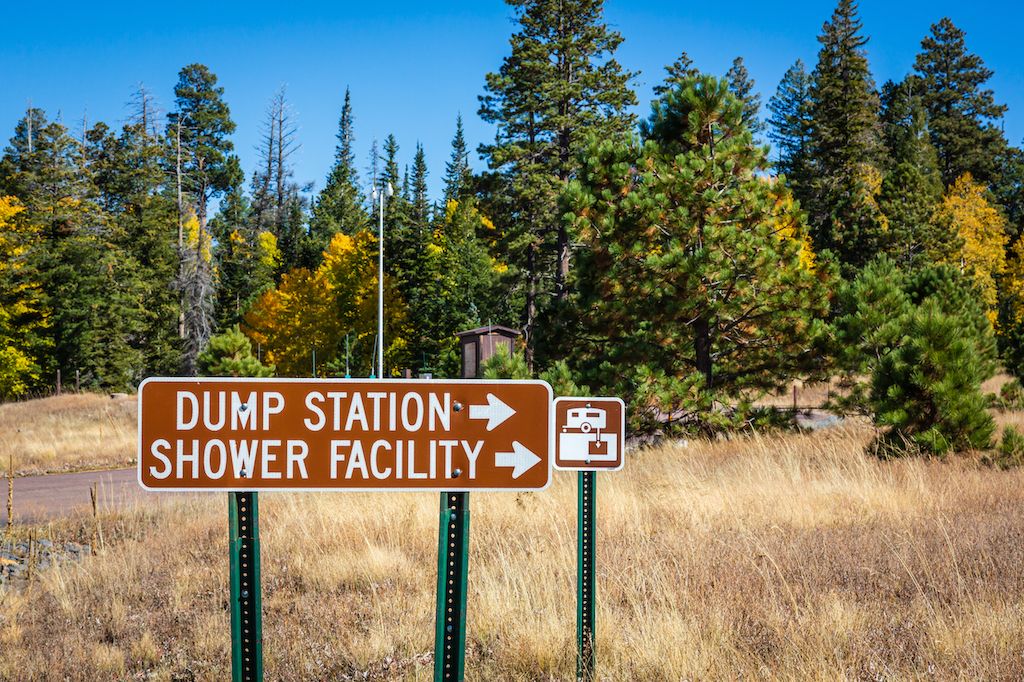National Park of American Samoa

WIDE-RANGING INVENTORY
From affordable pop-ups to luxury motorhomesLARGEST RV RENTAL MARKETPLACE
Thousands of 5 star reviews from happy customersSECURE AND MOST TRUSTED
24/7 Emergency roadside assistance on every booking- Home
- National Parks
- National Park of American Samoa
The National Park of American Samoa is home to a great variety of animals and plants that are remarkably colorful and photogenic. They include fruit bats, several species of kingfishers, and nearly 1,000 distinct species of fish and coral reef combined. The underwater location for most of these species also leads to the popularity of snorkeling and scuba diving. As long as you follow Samoan customs, collectively called fa'asamoa (fa-ah-SAM-oh-uh), you can interact with the people who have small plots of land where they practice subsistence farming within the bounds of the park. When it comes to the best time to visit, remember that American Samoa is in the Southern Hemisphere, so the seasons are reversed. For example, spring begins in September, and summer begins in December. Throughout the spring and summer, it's the rainy season, so the Southern Hemisphere's winter is the best time to visit, which corresponds with summer in the Northern Hemisphere. The visitor center at the National Park of American Samoa is open 8:00 a.m. until 4:30 p.m. on weekdays throughout the year. As far as renting RVs goes, because the roads in American Samoa are narrow and winding, RVs are not available to rent. Being prepared starts with checking the current conditions at the park. This region of the South Pacific experiences a lot of rain, and some of the roads and/or hiking trails could be washed out at any time. There is also the possibility of earthquakes that occur along faults in the area around American Samoa. These could cause tsunamis, so be sure to speak with the staff of the visitor center for instructions on what to do if a tsunami occurs.
- Spring 73-86 F
- Summer 73-86 F
- Fall 73-86 F
- Winter 73-86 F
- Coming soon

National Park of American Samoa Hiking Trails
Within the bounds of the park, you can explore six hiking trails of different difficulty levels. If you visit during the rainy season, it's always a good idea to bring along waterproof clothing. You're not allowed to camp within the park, so always plan ahead when it comes to getting back to your accommodations.
National Park of American Samoa Trails

Things to do Outside National Park of American Samoa
In addition to sampling authentic Samoan food at numerous restaurants in the city of Pago Pago, you have the option of Korean cuisine and pizza as well. You can also browse in the park's bookstore and other shops in the area.
Discover Nearby Towns and Cities
RV Resorts & Campsites near National Park of American Samoa
There are no RV campgrounds near the National Park of American Samoa, nor are there any other resorts, because camping within the park is prohibited.


Find the Best Dumpstations Near National Park of American Samoa

How to get to National Park of American Samoa
The first thing you have to remember is that you need a valid passport for each member of your family to travel to American Samoa. If you're American or Canadian, then you do not need a visa to visit. Visitors from other countries need a visa as well as valid passports. The laws regarding which countries need passports are prone to change because of diplomatic changes, so it'd be a good idea to contact the American consulate in American Samoa to ask questions. When you arrive, you must be able to prove that you intend to leave the island by producing a return ticket. In some cases, you also have to show that you have enough funds to be able to take care of yourself and your family while you're in American Samoa. In addition to regular accommodations in the various towns on all islands other than Olosega, you have the option of staying with a Samoan family. This is called the Homestay Program. It will give you the rare opportunity to experience Samoan culture firsthand as you become part of the family's village life. If you plan to take advantage of this program, then you have to set it up before you get on the plane. In fact, planning and forethought should be part of any trip to American Samoa. Once you have everything planned and set up, your flight will nearly always stop in Hawaii before proceeding on to American Samoa. Once you're on the island, driving to the National Park of American Samoa from Pago Pago International Airport is fairly short. Drive northwest on Route 14 out of the airport. Turn northeast on Route 1, and follow it to the park. You also have the option of taking the privately owned buses, which are called "aiga." They don't run on a schedule, but they run six days a week and will pick up and drop you off wherever you want. All you need to do is stand on the side of the road to catch the bus.

Frequently Asked Questions
The answer is: not really. The visitor center is accessible, but most of the trails that lead into and through the park are not. Neither are the beaches or most every other area of the park. One overlook is accessible with assistance, but that's it.
Pets are allowed, but they're restricted to your vehicle, so it's best if you don't bring your pets with you, also not for the least of reasons that the flight, which takes up a whole day, will be hard on them.
Hiking the trails within the park, photographing the wildlife and flora, snorkeling and scuba diving offshore, and exploring the exhibits at the new visitor center are all popular activities. Away from Pago Pago, stargazing is very popular because of the Class-1 Bortle Scale skies that give truly amazing views of the gegenschein, starlight, and unobstructed heavenly bodies.
No, camping is prohibited in the park. You can, however, find accommodations on one of the islands or participate in the Homestay program.
Local winter during the period June through September is the best time to visit. The weather is marginally cooler than during the summer, and it's certainly drier than the rainy spring and summer season from October to May.